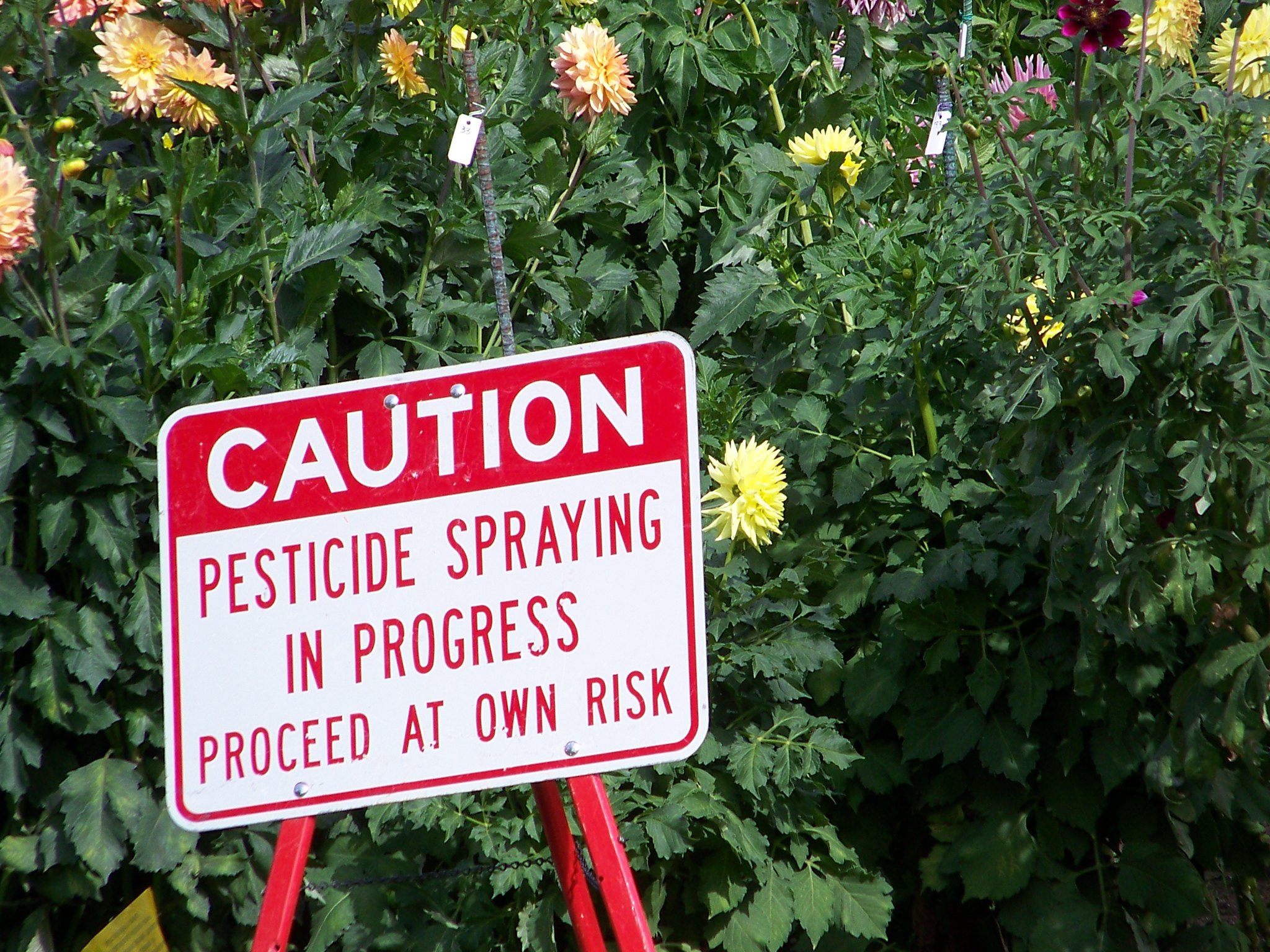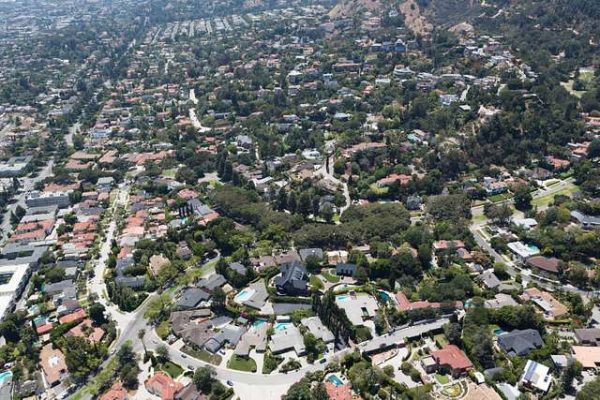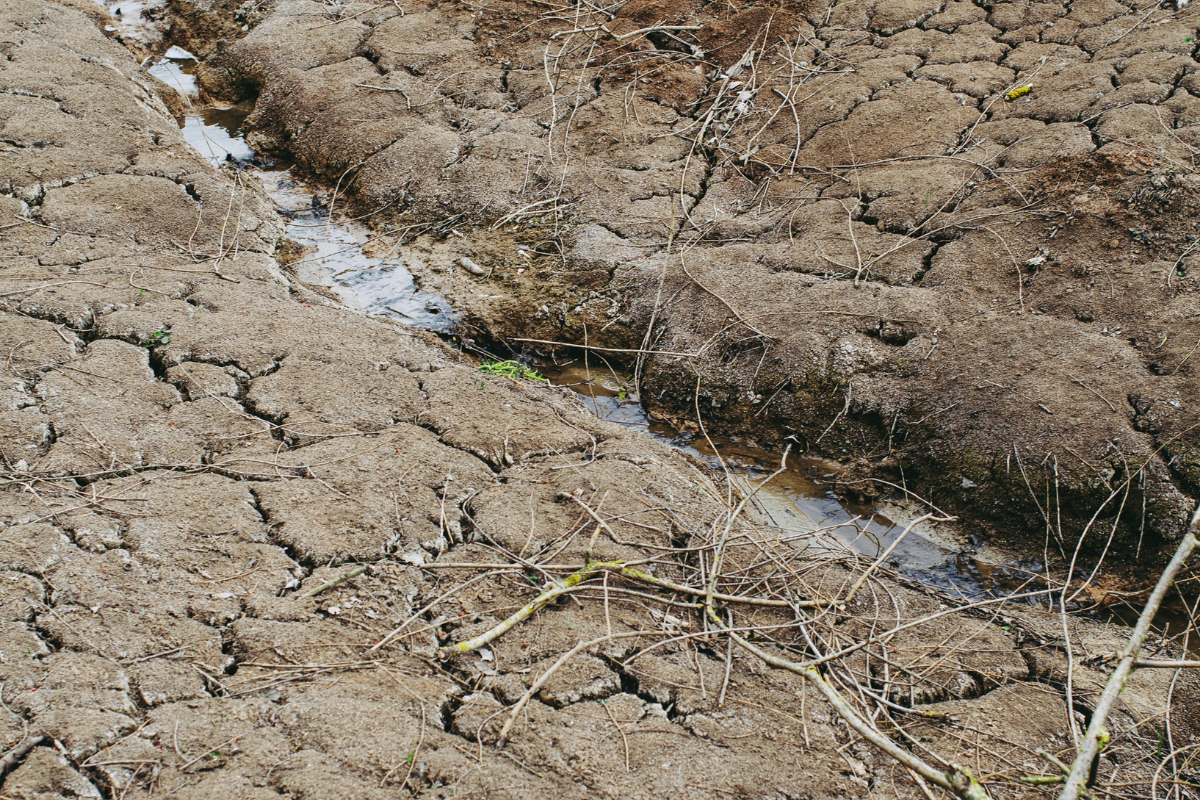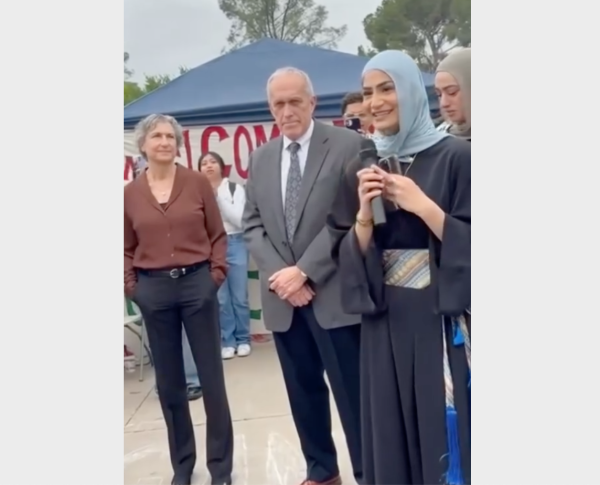The Biden administration announced Thursday plans to expand the heavily visited San Gabriel Mountains National Monument.
The president signed a proclamation that called for the addition of 105,919 acres of federal lands to the monument’s current 346,177 acres of the Angeles National Forest.
“In 2021, the national forest received 4.59 million recreation-based visits, according to the U.S. Forest Service. “This intense level of use, especially on peak days, can create management challenges that include excess trash, inadequate bathroom capacity, overflow parking that impairs emergency access, and adverse impacts to fragile water ecosystems.”
In 2014 President Barack Obama initially designated the monument, which now includes popular trails and destinations such as the Cobb Estate, Eaton Canyon, Sam Merrill Trail, Millard Canyon and Brown Mountain.
“What a momentous day for Angelenos,” Rep. Judy Chu, D-Pasadena, said in a statement. “Thanks to the passionate advocacy for many decades of a vibrant, diverse coalition of Indigenous community leaders, community activists, and nature-lovers across Southern California, President Biden is expanding the boundaries of the existing San Gabriel Mountains National Monument and protecting more of a national treasure in our backyard.
Local officials and organizations praised the expansion.
“I’m exceptionally proud to have worked in Congress with Senator Padilla, other elected officials, and many local advocacy groups for over a decade to highlight the significance of the San Gabriel Mountains to our environment, economy, water, recreation, and health,” Chu said. “President Biden’s actions here bring us closer to achieving his goal of conserving 30 percent of U.S. land and water by 2030 and help cement his legacy as a champion of conservation and our environment. As we celebrate this proclamation, let’s recommit to protecting these pristine public lands for the future and working together to give everyone access to their immense benefits.”
The monument expansion aims to “ensure equitable access to nature, conserve a critical drinking water source for Los Angeles County, address the climate and biodiversity crisis, contribute to state and federal goals to conserve 30% of lands and coastal waters by 2030, and honor the landscape’s cultural and historical significance,” according to the Nature for All Coalition.
Rudy Ortega Jr., president of the Fernandeño Tataviam Band of Mission Indians, said in a statement. “We thank the Biden administration for making this longstanding vision a reality. Expanding the Monument helps protect lands of cultural importance to my people who are part of this nation’s history and who have cared for these lands since time immemorial. It also further protects areas that are critical for our environment and the wildlife and plants that depend on this landscape.”
Chief Anthony Morales of the Gabrieleno San Gabriel Band of Mission Indians said in a statement, “The San Gabriel Mountains are historically significant to our tribe, our people, and our culture. Protecting more of this important region helps protect our traditional plants and cultural resources.”
The monument expansion announcement was accompanied by a pledge of more than $1 million in corporate, philanthropic and state money for the nonprofit San Gabriel Mountains Community Collaborative “to continue to promote equitable access to and sustainable recreation within the monument,” according to the Forest Service. Supporters include REI Co-op, Resources Legacy Fund, the Rivian Foundation, Western Conservation Foundation, The Wilderness Society, the Wyss Foundation, and the San Gabriel and Lower Los Angeles Rivers and Mountains Conservancy, which is part of the California Natural Resources Agency.
The California State Water Resources Control Board also plans to fund efforts to reduce trash and other pollutants along the East Fork of the San Gabriel River, according to Nature for All.
The San Gabriel and Lower LA Rivers and Mountains Conservancy is investing $2.5 million to improve access along the East Fork of the San Gabriel River, which is in monument territory. Construction is expected to begin this year on the San Gabriel River Confluence with Cattle Canyon Improvements Project, also known as the East Fork Project. Improvements include access trails to the river and new stairs, restrooms, trash bins, picnic tables and parking.
In the interest of stewardship, plans are also in place for youth field rangers and outdoor apprentices to work in highly visited areas of the Angeles Forest and monument.
Over 18 million people live within a 90-mile radius of these public lands, according to Nature for All. The San Gabriel Mountains are the backyard for many urban and culturally diverse communities in Los Angeles County that have limited access to green spaces in their neighborhoods.
“Our local community is overjoyed to see this next step in a 20-year effort to permanently protect the San Gabriel Mountains,” Belén Bernal, executive director of Nature for All, said in a statement. “The area included in the expanded San Gabriel Mountains National Monument is the closest section of the National Forest to the San Fernando Valley; this action helps ensure environmental justice for communities who lack access to green and open spaces throughout Los Angeles County.”
Monterey Park Mayor Thomas Wong in a statement added, “This is an important source of our region’s drinking water and open space. I’m also grateful to Senator Padilla, Senator Butler, and Representative Chu for their work championing the expansion.”
Padilla, U.S. Sen. Laphonza Butler, D-California, and Chu previously called on Biden to expand the monument and introduced corresponding legislation. Vice President Kamala Harris also championed similar legislation when she served as California’s Senator, and in November, the U.S. Department of Agriculture held a listening session in which hundreds of attendees called on the government to take action.
Biden’s move to expand the monument utilizes the Antiquities Act, which allows U.S. presidents to proclaim federal lands, waters and cultural and historical sites as national monuments.







